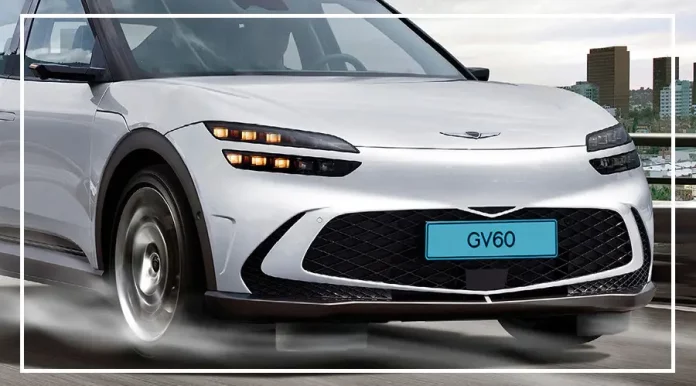Hyundai Motor Company and Kia Corporation have introduced a new technology called ‘Active Air Skirt’ (AAS) to make electric vehicles (EVs) perform better during high-speed driving. This technology helps reduce air resistance, making EVs more efficient and stable.
AAS controls the air flow beneath the vehicle, specifically managing the air around the wheels to decrease turbulence at high speeds. This is essential for improving not only the driving range of EVs but also their stability and wind noise.
Many car manufacturers worldwide are focusing on improving aerodynamics to reduce the drag coefficient (cD), which is the resistance of the vehicle to wind.
Here’s how the AAS technique works:
The ‘Active Air Skirt’ system is positioned between the front bumper and the front wheels of the vehicle. It activates when the vehicle exceeds 80 km per hour, becoming invisible at normal speeds.
The system resets when the speed drops below 70 km per hour. It can even operate at speeds exceeding 200 km per hour, thanks to the use of rubber material in the lower part, reducing the risk of damage from collisions at high speeds.
Testing and improvements:
Hyundai Motor and Kia tested the AAS technology in the Genesis GV60, measuring the drag coefficient (cD). With AAS, the drag coefficient was reduced by 0.008,
resulting in a 2.8 percent improvement in drag. This improvement could lead to an additional range of approximately 6 km for the vehicle.
